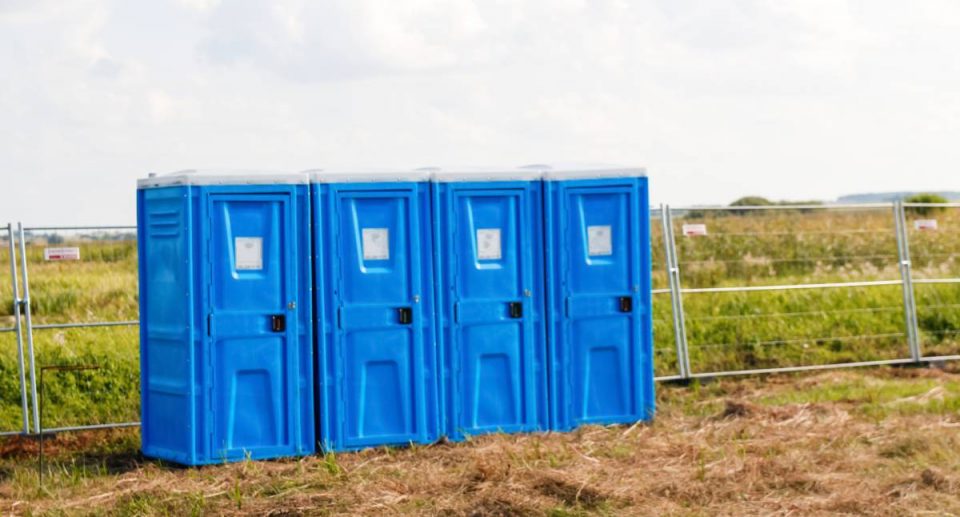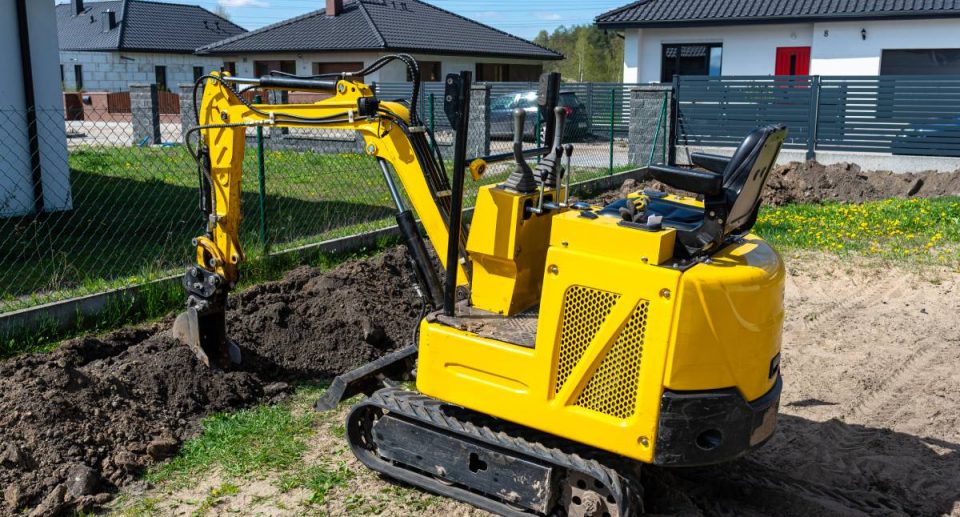
Transporting a mini excavator requires attention to key factors such as the excavator’s size, the trailer’s capacity, the truck’s towing capabilities, and the correct placement on the trailer. For contractors, landscapers, or DIY enthusiasts, grasping these elements is vital for the safe and efficient movement of your machinery.
This article will explore the specifics of positioning a mini excavator on a trailer, considering these important factors to guarantee a trouble-free and secure journey.
What size is considered a mini excavator?
Mini excavators, also referred to as compact excavators, are versatile machines designed for various construction, landscaping, and utility tasks. These excavators are characterized by their smaller size and manoeuvrability, making them suitable for working in tight spaces where larger equipment cannot reach them.
In terms of size, mini excavators typically range from around 1 to 8 metric tons (2,200 to 17,600 pounds) in operating weight. The size classification is not standardized across manufacturers, but generally, mini excavators are considered to be smaller than standard excavators.
Mini excavators offer several advantages over their larger counterparts. Their compact size allows them to manoeuvre easily in confined spaces, making them ideal for urban construction sites, landscaping projects, and indoor renovation work. Despite their smaller stature, mini excavators are powerful machines capable of handling a wide range of tasks, including digging trenches, grading, loading trucks, and demolishing small structures.
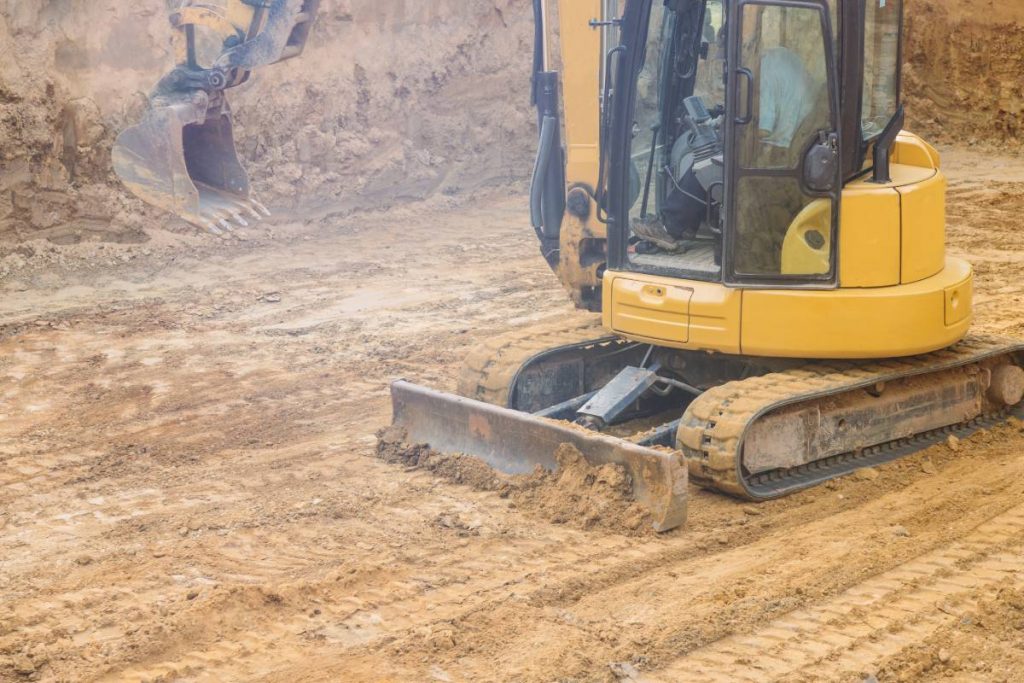
One of the key features of mini excavators is their versatility. These machines can be equipped with various attachments, such as buckets, hydraulic hammers, augers, and grapples, to tackle different jobs efficiently. Attachments can be quickly swapped out, allowing operators to adapt the excavator to the specific requirements of each task without the need for multiple machines.
Mini excavators are also known for their ease of transport. Their compact size and lightweight construction make them easy to trailer from one job site to another, reducing transportation costs and downtime.
Despite their smaller size, mini excavators offer impressive digging capabilities. Their hydraulic systems provide precise control over the boom, arm, and bucket movements, allowing operators to work with accuracy and efficiency.
Overall, mini excavators fill a crucial niche in the construction industry, offering a combination of size, power, and versatility that makes them indispensable for a wide range of applications.
What size trailer do I need for a mini excavator?
The size of trailer you need for transporting a mini excavator depends on the size and weight of the excavator you have. Here’s a breakdown in the metric system:
- Length: Mini excavators typically range in length from 3 to 6 meters (10 to 20 feet), depending on the model and size class. Ensure that your trailer is long enough to accommodate the length of your excavator.
- Width: Mini excavators are generally between 1 to 2 meters (3 to 7 feet) wide. Make sure the trailer is wide enough to safely accommodate the width of the excavator, including any attachments or accessories.
- Weight Capacity: Mini excavators can weigh anywhere from 1 to 8 metric tons (1,000 to 8,000 kilograms), depending on the size and model. Your trailer should have a weight capacity that exceeds the weight of your excavator.
- Type of Trailer: Typically, a flatbed trailer or a lowboy trailer is used for transporting mini excavators. Flatbed trailers are simpler and cheaper, while lowboy trailers offer lower deck heights, making it easier to load and unload the excavator.
For example, if you have a smaller mini excavator with a weight of around 900 to 1,800 kilograms, a 3 to 4-meter flatbed trailer with a weight capacity of 2,300 to 3,200 kilograms should suffice. For larger excavators weighing between 2,700 to 3,600 kilograms, a lowboy trailer with a length of 5 to 6 meters and a weight capacity of 4,500 to 6,800 kilograms would be more appropriate.
Always check the specifications and recommendations provided by the excavator manufacturer for the appropriate trailer size and weight capacity. Additionally, ensure that your trailer complies with local regulations regarding weight limits, dimensions, and towing requirements. If you’re looking for reliable mini excavator trailers, consider mini excavator trailers from SureWeld, known for their durability and performance in transporting heavy equipment.
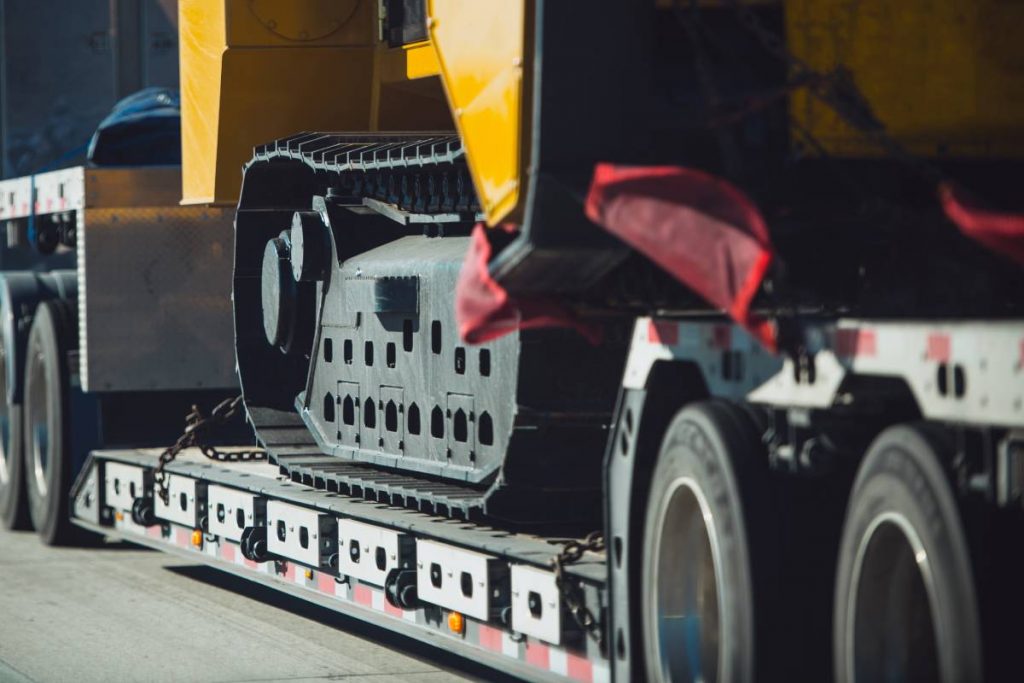
What size truck do I need to pull a mini excavator?
The size of the truck you need to pull a mini excavator depends on the weight of the excavator and the trailer, as well as the terrain and conditions you’ll be driving in. Here’s a general guide:
- Gross Vehicle Weight Rating (GVWR): Determine the combined weight of the trailer and the mini excavator. Make sure the truck you choose has a GVWR (including payload capacity) that exceeds this combined weight.
- Engine Power and Torque: Ensure that the truck has enough power and torque to handle the weight of the loaded trailer and excavator, especially if you’ll be travelling in hilly or mountainous terrain.
- Towing Capacity: Look for a truck with a towing capacity that matches or exceeds the weight of the loaded trailer and excavator. The towing capacity should be able to handle the weight comfortably without straining the engine or transmission.
- Braking System: Make sure the truck is equipped with a suitable braking system, such as trailer brake controllers, to safely stop the combined weight of the truck, trailer, and excavator.
- Wheelbase and Stability: A longer wheelbase can provide more stability when towing heavy loads. However, ensure that the truck is still manoeuvrable enough for your needs.
- Transmission: Consider a truck with a transmission suitable for towing, such as an automatic transmission with a tow/haul mode.
For example, if you have a mini excavator weighing around 3,000 kilograms (including attachments) and a trailer with a weight of 1,000 kilograms, you’ll need a truck with a towing capacity of at least 4,000 kilograms. A mid-size pickup truck like a Ford Ranger, Toyota Hilux, or Nissan Navara may suffice for this load.
If you have a larger excavator or trailer, you may need a heavier-duty truck such as a 4×4 truck or a full-size pickup truck like the Ford F-150, Chevrolet Silverado 1500, or Ram 1500. These trucks typically have higher towing capacities and more powerful engines suitable for heavier loads.
Always refer to the specific towing capacity and payload ratings of the truck you’re considering, and ensure that it meets your requirements for safely towing your mini excavator and trailer. Additionally, consider factors such as fuel efficiency, comfort, and any additional features you may need for your towing needs.
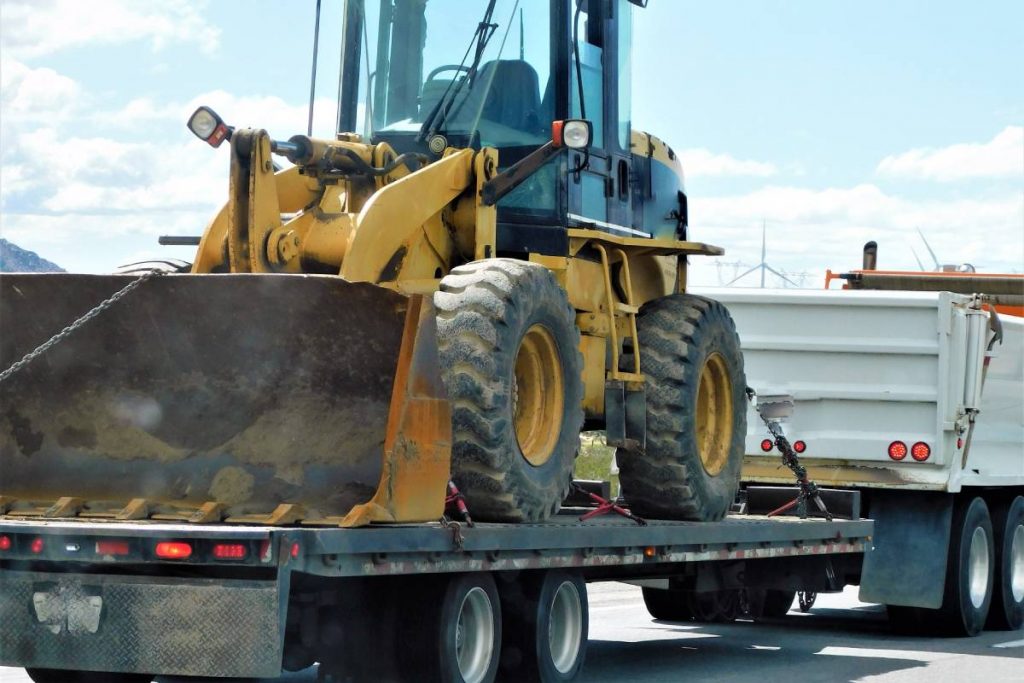
How do you position a mini excavator on a trailer?
Positioning a mini excavator on a trailer requires careful planning and execution to ensure safety and stability during transport. Here’s a step-by-step guide:
- Prepare the Trailer: Make sure the trailer is on level ground and the parking brake is engaged. Ensure that the trailer is hitched securely to the towing vehicle.
- Check Trailer Capacity: Verify that the trailer’s weight capacity is sufficient for the combined weight of the mini excavator and any attachments or accessories.
- Inspect the Excavator: Before loading, inspect the mini excavator for any damage or loose components. Ensure that the boom, arm, and bucket are in the proper position for transport.
- Positioning the Excavator: Position the excavator on the trailer with the tracks aligned parallel to the trailer’s length. The front of the excavator should face the front of the trailer.
- Balance the Load: Distribute the weight of the excavator evenly on the trailer to maintain stability during transport. Centre the excavator on the trailer to prevent excessive weight on one side.
- Use Ramps: If the trailer is equipped with ramps, lower them and position them securely on the ground. Ensure that the ramps are in line with the tracks of the excavator.
- Drive the Excavator onto the Trailer: Slowly drive the excavator up the ramps and onto the trailer. Use caution to avoid hitting the sides of the trailer or the ramps.
- Center the Excavator: Once the excavator is on the trailer, adjust its position as needed to ensure it is centred and balanced. Leave enough space between the excavator and the front of the trailer to allow for securement.
- Secure the Excavator: Use straps, chains, or tie-downs to secure the excavator to the trailer. Attach these to designated tie-down points on the excavator and the trailer, ensuring they are tight and properly tensioned.
- Check Securement: Double-check that all straps and tie-downs are secure and that the excavator is firmly attached to the trailer. Test the stability by gently rocking the excavator from side to side.
- Raise the Ramps: If applicable, raise the ramps and secure them in place for travel.
- Final Checks: Before driving, perform a final inspection to ensure everything is properly secured and that there are no obstructions or hazards.
In conclusion
Transporting a mini excavator involves more than just loading it onto a trailer; it requires a focus on safety and efficiency. By taking into account the equipment’s size and weight, selecting the right trailer and truck, and properly positioning the excavator, you can reduce risks and ensure smooth transportation. Whether you’re relocating equipment to a new job site or heading to the repair shop, adhering to the guidelines in this article will enable you to transport your mini excavator safely and confidently. Safety is paramount, so always plan and carry out the loading process with care to safeguard yourself, your equipment, and fellow road users.





